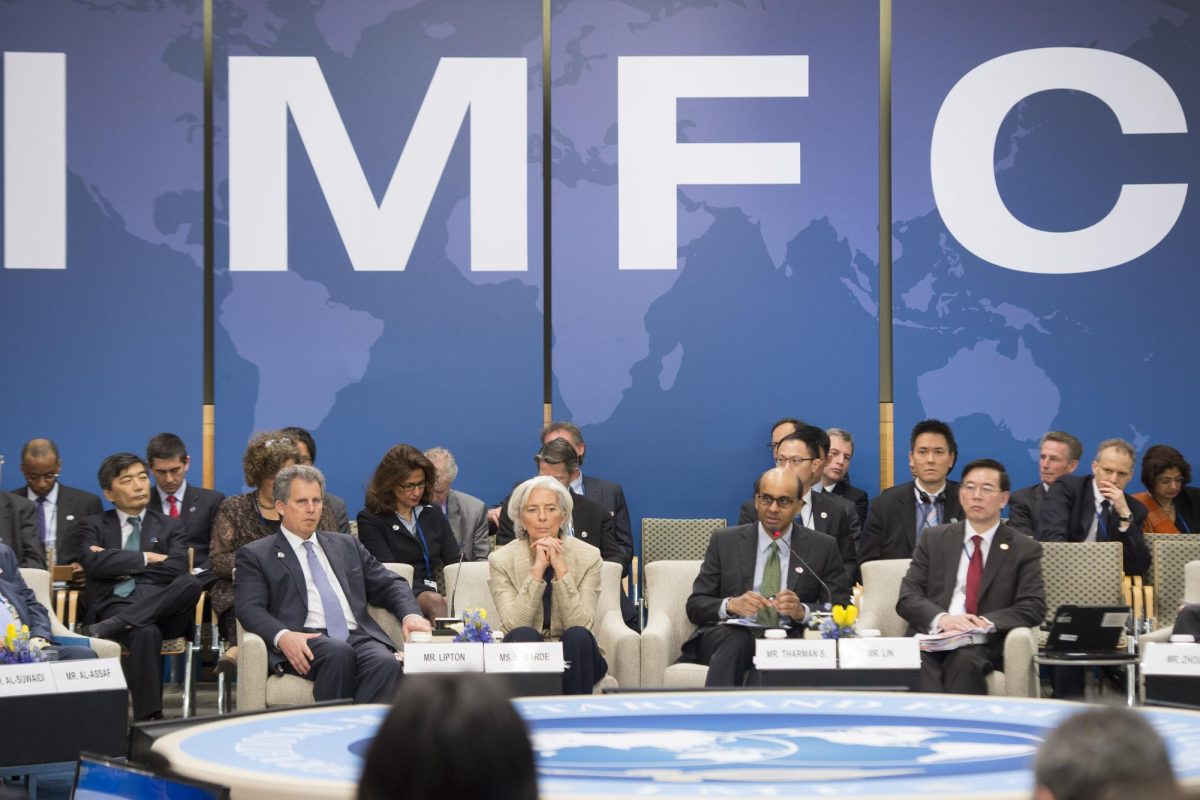The International Monetary Fund announced on Oct. 15 that global public debt is estimated to surpass the $100 trillion mark this year as the United States, China, and other countries increase government borrowing.
“We are in a difficult geopolitical situation,” Kristalina Georgieva, IMF managing director, said ahead of the 2024 IMF World Bank Group Annual Meeting. “This is happening at the time when our forecasts point to an unforgiving combination of low growth and high debt—a difficult future.”
In a scenario where adverse global conditions worsen, the IMF projects that global public debt could rise by as much as 20 percentage points of gross domestic product above current expectations. The sharp rise in global debt is largely driven by continued government borrowing and spending in response to various crises in recent years, including the COVID-19 pandemic and wars in Ukraine and the Middle East. The IMF’s projections highlight significant concerns about the world’s fiscal health.
The global GDP exceeded $100 trillion in 2022, and recent IMF research expects the global public debt to exceed $100 trillion this year as well, making up about 93% of the current global GDP, and approaching 100% of GDP by 2030. These projections are 10 percentage points higher than they were in 2019, before the pandemic.
According to the IMF World Economic Outlook report released earlier this year, 54 developing countries struggle with net interest payments that exceed 10% of total government revenue. Without significant policy reforms, the IMF warns that rising debt and high interest payments will drastically limit the fiscal space of governments and force difficult spending choices.
There aren’t many fiscal space projects—which is the amount a government can fund projects without jeopardizing financial stability—in low-income countries as debt increases. Essentially, not all debt burdens are equal and fiscal space continues to shrink, Georgieva said. She added that because of the interest-to-revenue ratio, spending choices become difficult as debt payments loom over.
The IMF estimates that a cumulative tightening of about 3.8% of GDP over a period of six years is required for an average economy to have a high likelihood of debt stabilization. According to the IMF, China and the United States, two of the largest global economies, accounting for $28 trillion and $18 trillion of the world’s GDP respectively, are not projected to experience debt stabilization.
Budgetary reforms in the world’s most powerful economies call for a substantially greater effort to stabilize debt. Fiscal adjustments at such scales risk large output losses as aggregate demand falls if it’s not properly calibrated.
In addition to the U.S. and China, the IMF expects rising government deficits in Brazil, France, Italy, South Africa, and the United Kingdom. As global debt continues to accumulate, the IMF emphasizes the importance of coordinated global action.
While many economies are facing their own fiscal challenges, the interconnectedness of the global financial system means that no single country can address this problem, and adjustments in the world’s leading economies will directly affect the circumstances in developing nations.
“This has happened before, but it never happened at a time of such economic codependency. My argument is that we must not allow this reality to become an excuse to do nothing to prevent a further fracturing of the global economy,” Georgieva said.
Categories:
IMF urges action, global debt will exceed $100T by the year’s end
October 28, 2024
0
More to Discover








